Where to listen online:
Producers use triethelyne glycol (TEG) to dehydrate natural gas so the gas can be sold and processed downstream. One challenge to this dehydration process is the loss of glycol.
When glycol is lost, your dehy process can be disrupted until you replace the glycol, which can be very expensive.
Below, we'll identify 5 of the most common reasons for glycol loss and their solutions.
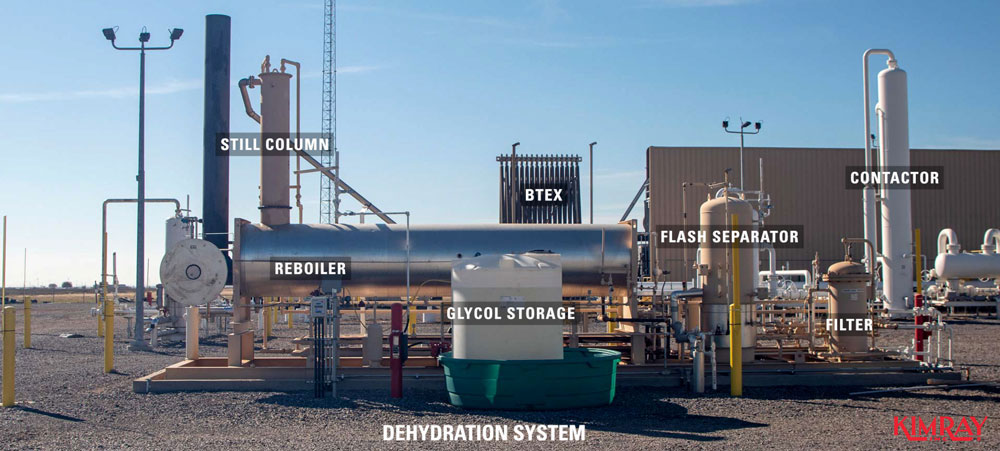
1. Contaminants in Your Gas dehydration equipment
Contaminants present in the gas flow stream that were introduced upstream of the dehydration system need to be removed using different kinds of filtration.
Carbon filters can be used to remove hydrocarbon liquids from glycol to help prevent glycol foaming. These are typically installed downstream of the flash separator.
Carbon or charcoal filters remove liquid hydrocarbons, compressor oils, degradation compounds and other carbon impurities from the glycol flow stream by catching these molecules in the charcoal's pores.
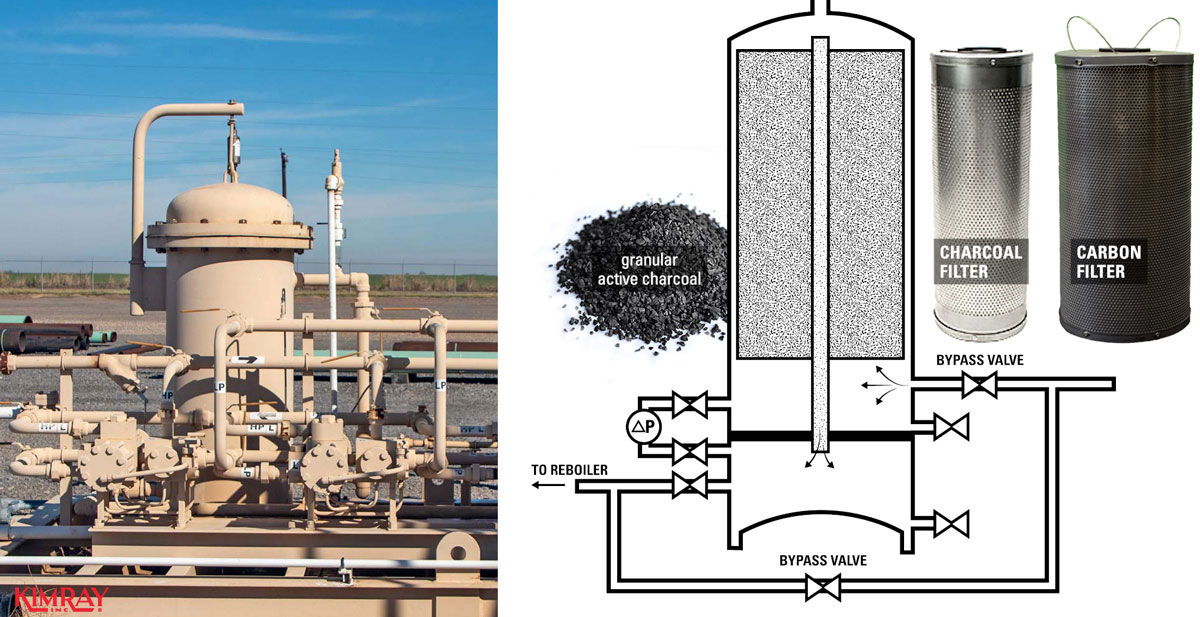
Field corrosion inhibitors, salt and finely divided suspended solids need to be filtered through solid particle filters such as sock or horsehair filters.
These will remove these small particles from the glycol flow stream and are found throughout the dehydration system.

2. High Temperature Differentials
High temperature differentials between the gas and glycol in the contactor can cause foaming and glycol loss.
The dry glycol inlet temperature should be no more than 20 degrees F greater than the temperature of the gas.
A drastic temperature differential tends to emulsify the glycol with any contamination it may contain. This causes excessive glycol foaming, and high gas velocities through the tower can carry the glycol foam downstream.
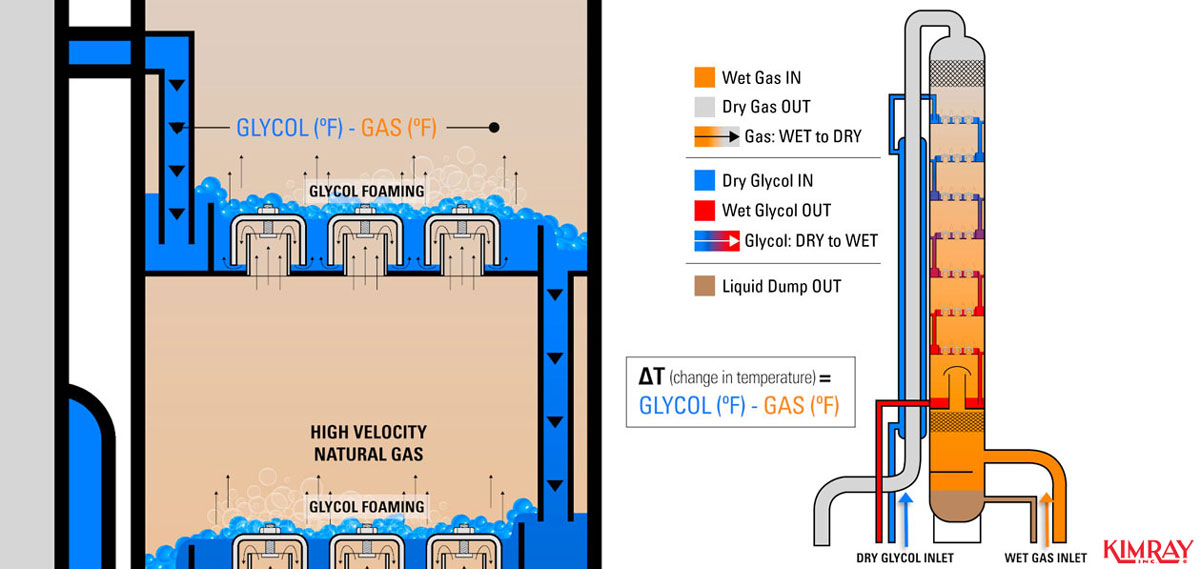
Adequate heat exchange will lower the temperature of the hot glycol coming from the reboiler so that it does not cause foaming in the contactor. Over time, heat exchangers can become plugged with build up from contaminants in the glycol causing them to not operate efficiently. Good filtration will help mitigate these issues.
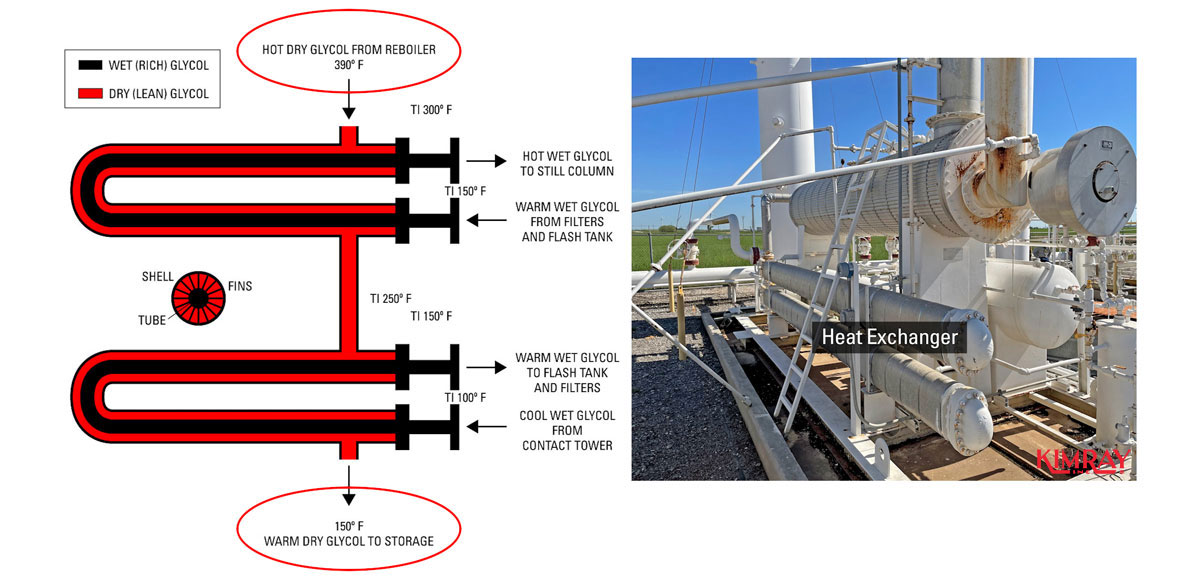
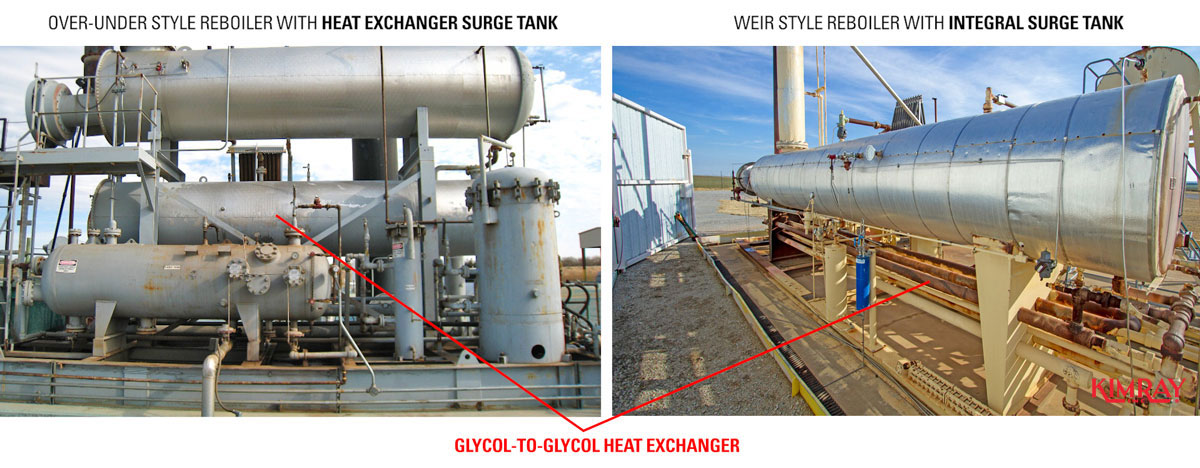
3. Turbulence
Excessive turbulence and high liquid-to-vapor contacting velocities will also cause glycol to foam. This condition can be caused by mechanical or chemical troubles.
Lowering the velocity of the gas through the contactor and removing chemical contaminates through good filtration can help prevent glycol foaming.

4. High pH Levels in Glycol
Optimum operating pH levels of glycol should remain between 7.0 - 7.5 to keep the glycol from foaming, emulsifying, or becoming corrosive. Glycol with a pH level above 8.5 will tend to saponify (to turn fat or oil into soap, by reaction with an alkali) hydrocarbons and cause foaming which leads to glycol being swept out by the high velocities of gas.
Alkaline neutralizers can be added to the glycol to help control high pH levels.

5. Broken Welds
One cause of glycol loss that is not related to foaming is broken welds in gas-to-glycol heat exchangers or other equipment. The broken welds cause the glycol to be lost downstream in the gas pipeline.
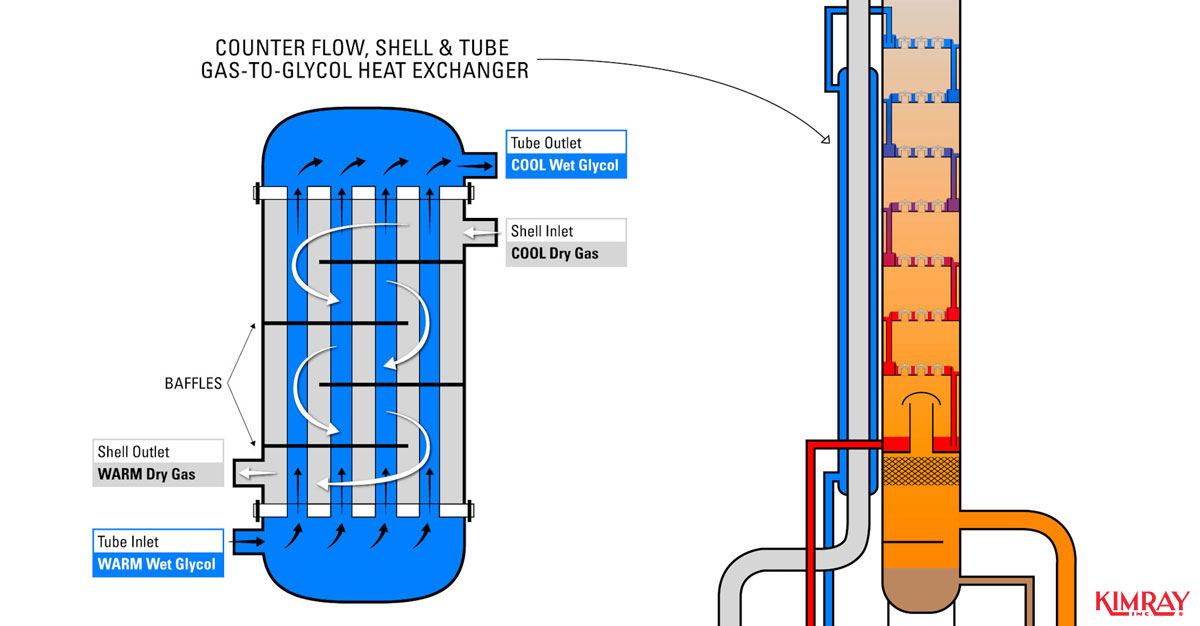
A broken weld in the chimney of the contactor could cause glycol loss through the inlet scrubber. If this is the case, you will find glycol in your storage tank with the rest of the separated water.
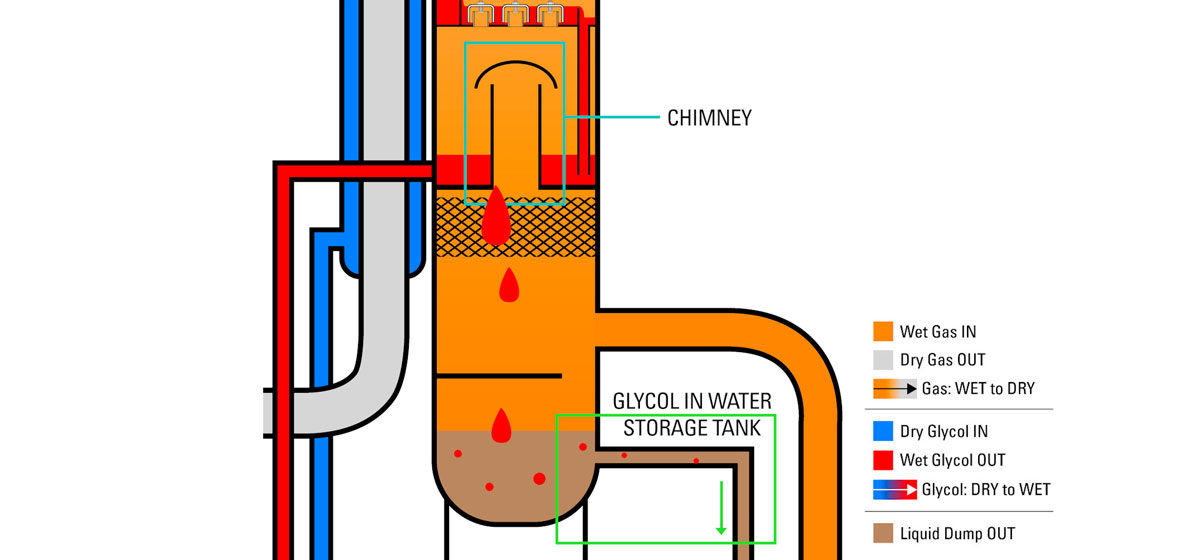
How Do I Treat Glycol Foaming?
Now while you can use products like alkaline neutralizers and foam inhibitors to treat glycol foaming, these merely treat symptoms, not the cause, and are temporary solutions.
The root cause for most glycol loss almost always comes down to filtration. Again, it’s crucial to regularly check and replace your filters.
See also: 5 Ways to Maximize Glycol Purity
To learn more about natural gas dehydration, watch our other videos on this subject. To speak with an expert about your dehy system challenges, contact your local Kimray store or authorized distributor.












































